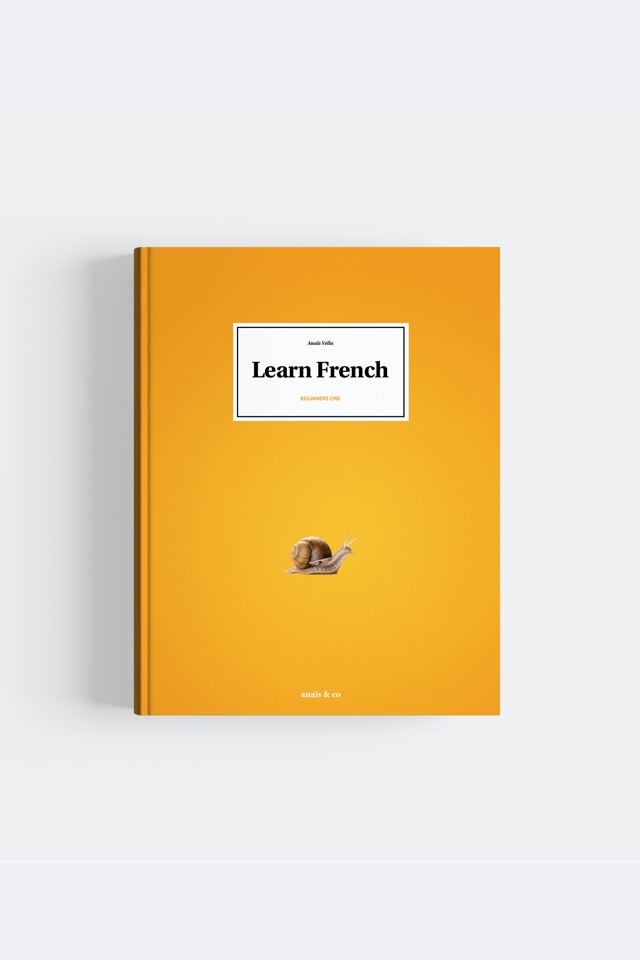

The “h” will be silent when the article in front of it is “l’.” In this case, we consider the “h” to be silent because it is not pronounced at all and we use a “z” link with “des” or “les.”
For example:
L’hôtel → Les (z)hôtels.
The “h” will be aspirated when the article in front of it is “le” or “la.” In this case, we can’t consider the “h” to be silent as it gives a longer sound to the vowel placed after it. For that reason, we can’t link it with “des” or “les.”
For example:
Le haricot → Les haricots.
When there is one “s” between two vowels, it sounds like a “z.”
For example:
Hésiter → To hesitate “ey-zee-tey.”
When there are two “s” between two vowels, they sound like an “s.”
For example:
Assez → Enough “ah-sey.”
On top of all the combinations of letters making the sound “ey,” it is possible to obtain it when:
For example:
Esprit → Spirit. “ey-ss-pree.”
For example:
Excuse-moi → Excuse me. “ey-ss-cuz-mwa.”
For example:
Angleterre → England. “on-gluh-tey-rr.”
Perdu → Lost. → “pair-du”.
In some words, when “e” is placed in front of “mm”, we pronounce it “ah” and not “ey”. This is an exception to the rule above. Unfortunately, not every word that has “emm” will be pronounced “amm” and there are no rules to help you.
For example:
Une femme → A woman. → “fam”.
Évidemment → Evidently. → “ey-vee-da-mohn”.
In some words, when “e” is placed in front of “mm” or in front of “nn”, we combine the “e” and the “m” or the “n” into the sound “ohn” and we use the other “m” or “n” with the letters coming after it. Unfortunately, not every word that has “emm” or “enn” will follow this, and there are no rules to help you.
For example:
UL’ennui → Boredom. → “ohn-nwee”.
Emménager → To move in. → “ohn-mey-na-jey”.
When the letter “y” is stuck between two vowels it will be used twice, once with each vowel to create a sound.
For example:
Nettoyer →
“oy” = “wa” and “yer” = “yeah” →
“ney-twa-yeah.”
Ennuyer →
“uy” = “wee” and “yer” = “yeah” →
“on-nwee-yeah.”
Payer →
“ay” = “ey” and “yer” = “yeah” →
“pey-yeah.”

More in the books
Werther you are learning by yourself, with Anais and Co or if you are a FLE teacher find this lesson and many more in a beautiful book.
Be notified when we upload a new video.